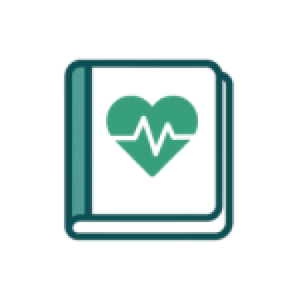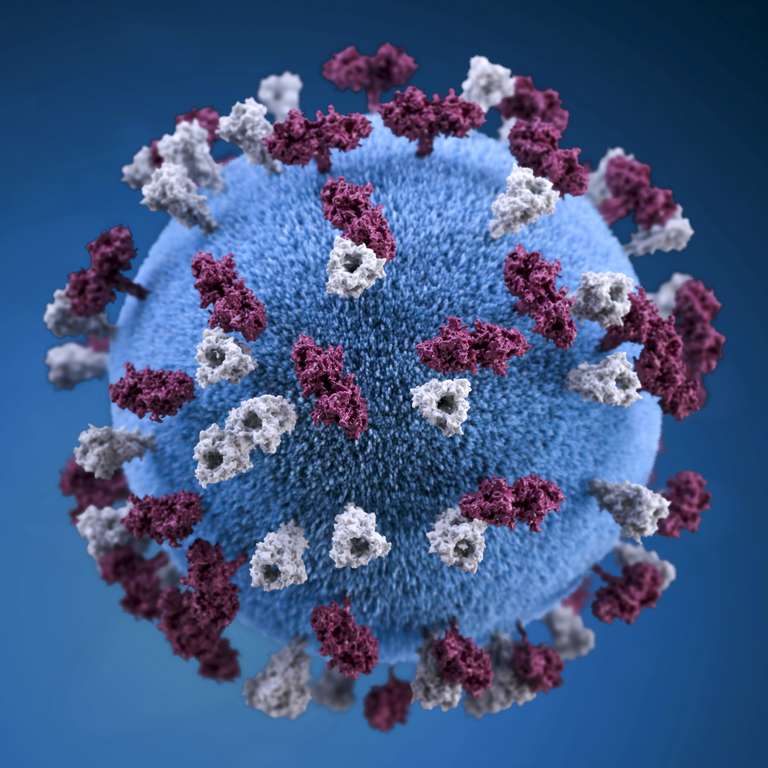
Tropics :-1
l Physical Examination of a Patient are bellow:-
The initial physical examination is a vital component of clinical assessment that aids in diagnosing and managing diseases. It is performed after taking the patient’s history and involves a systematic evaluation of the body using the techniques of inspection, palpation, percussion, and auscultation. A well-conducted physical examination can provide valuable clues that lead to early detection of illnesses, assessment of severity, and guidance for further investigations or treatment.

-
General Inspection
- Observation of the patient’s general appearance is the first part of the examination.
- This includes evaluating consciousness, posture, body build, facial expression, hygiene, and level of distress. The clinician assesses if the patient looks ill, pale, jaundiced, cyanosed,(bluish discoloration) dehydrated, or malnourished. These visual clues can provide an immediate sense of the patient’s overall condition.
- The level of alertness and orientation is checked using parameters like the Glasgow Coma Scale or by asking simple questions to evaluate mental status. Signs such as labored breathing, anxiety, or lethargy may also be apparent during general inspection.
-
Vital Signs
Vital signs are essential indicators of the body’s basic physiological functions. The primary vital signs recorded during the initial examination include:
- Temperature: Assesses fever or hypothermia.
Pulse Rate. - Which time affects pulse rate ups and down.
- Fever Increases
- Exercise/Physical activity Increases temporarily
- Stress or anxiety Increases
- Sleep or relaxation Decreases
- Dehydration Increases
- Heart conditions Can increase or decrease
- Thyroid disorders Hyperthyroidism ↑, Hypothyroidism ↓
- Medications (e.g. beta-blockers) Often decrease
- Caffeine or stimulants Increase
- Blood loss or shock Increase initially
Normal pulse rate (beats per minute – bpm):
Several age group normal pulse rate are bellow:-
- Newborns (0–1 month) 70–180 bpm
- Infants (1–12 months) 80–140 bpm
- Children (1–10 years) 70–130 bpm
Children over 10 years 60–100 bpm
Adults 60–100 bpm
Athletes 40–60 bpm (can be normal)
Evaluates heart rate, rhythm, and volume. An abnormal pulse may suggest cardiovascular issues.
Blood✌ Pressure (BP): Normal Blood Pressure Range (Adults):
Category Systolic (mm Hg) Diastolic (mm Hg
Normal Less than 120 And less than 80
Elevated 120–129 And less than 80
Hypertension Stage 1 130–139 Or 80–89
Hypertension Stage 2 140 or above Or 90 or higher
Hypertensive Crisis Over 180 or lower 120
High or low blood pressure may indicate cardiovascular or systemic problems.
Respiratory problem : Abnormalities can indicate respiratory diseases or metabolic imbalances.
Oxygen saturation (SpO₂) is assessed with a pulse oximeter to evaluate the blood’s oxygen level.
Note::(Monitoring these signs can help identify life-threatening conditions early)
-
Skin and Mucous examination doing result variety of health situations. The physician observes for:
Pallor: May indicate anemia.
Jaundice (yellowing): Suggests liver disease.
Cyanosis (bluish tint): Points to respiratory or cardiac issues.
Rashes or lesions: May be signs of infections or autoimmune diseases.
Dehydration: Dry mucous membranes and poor skin turgor can indicate fluid loss.
-
Head and Neck Examination
The head is examined for shape, scalp condition, and tenderness. Eyes, ears, nose, and throat (ENT) are evaluated for discharge, swelling, infection, or visual disturbances. The neck is palpated
Swollen lymph nodes which may suggest infection.
Thyroid gland enlargement (goiter) May indicate thyroid dysfunction.
Neck stiffness Can be a sign of meningitis.
-
Chest and Lungs Examination
The respiratory system is examined through:
Inspection: Observing chest movement, shape.
Palpation: Checking for chest expansion and tactile Vibration.
Percussion: Helps detect fluid, air, or solid masses in the lungs.
Auscultation: Using a stethoscope to listen for breath sounds like crackles, wheezes, or absence of bre




